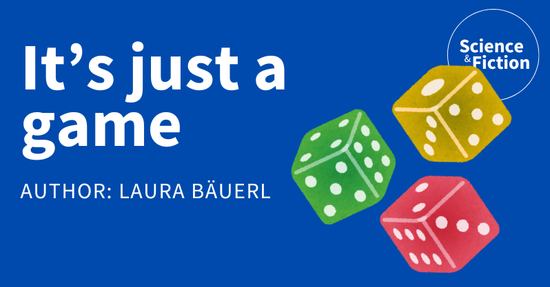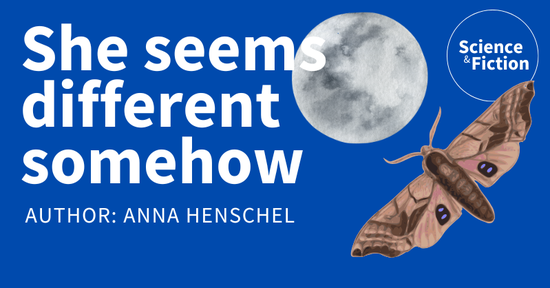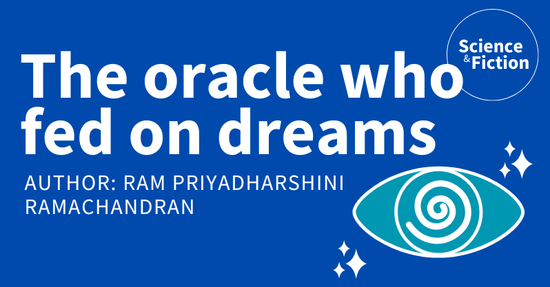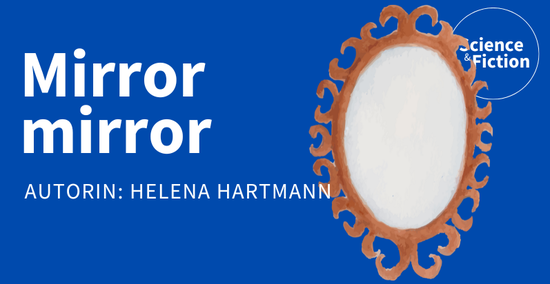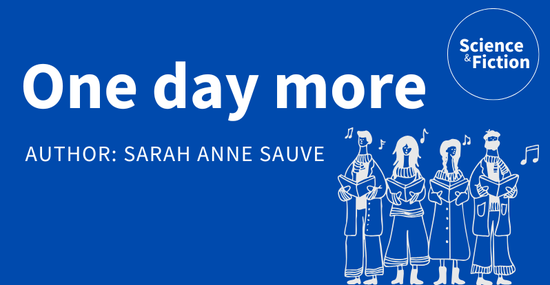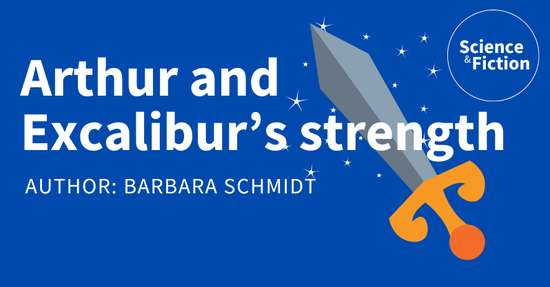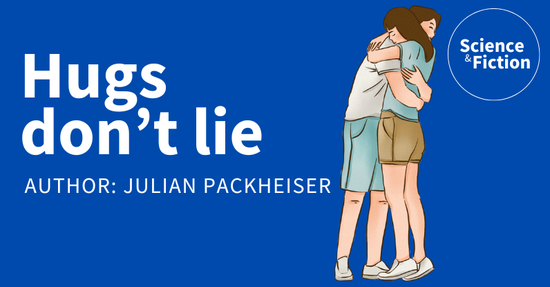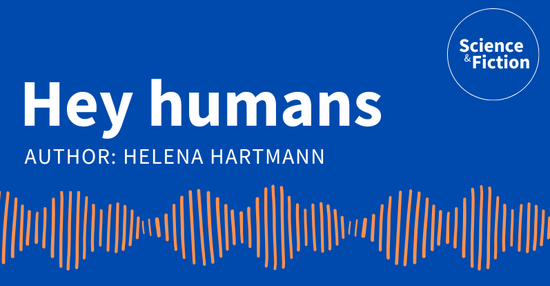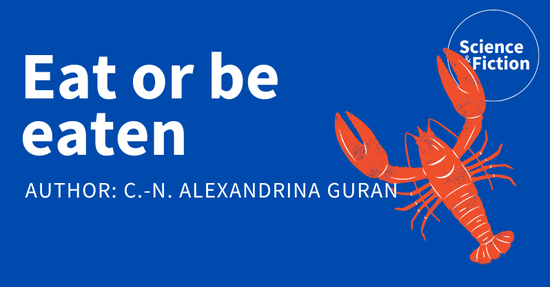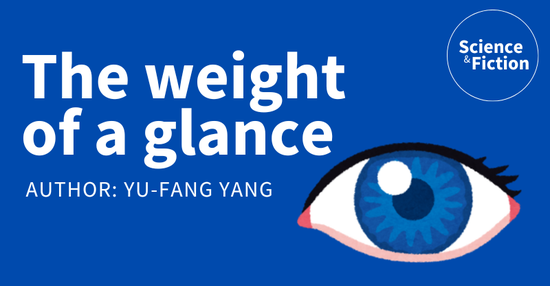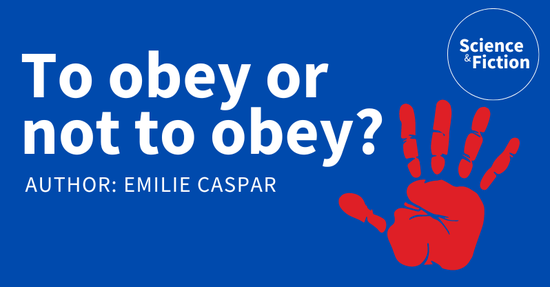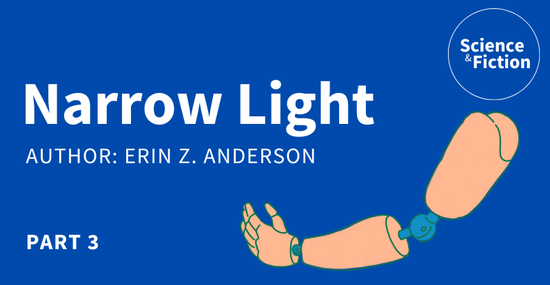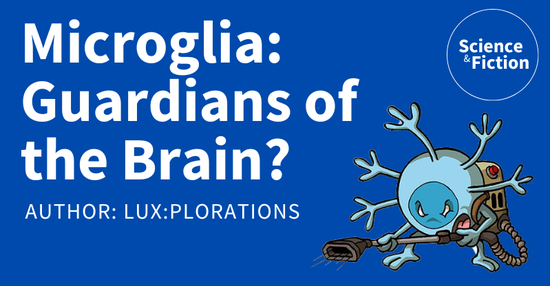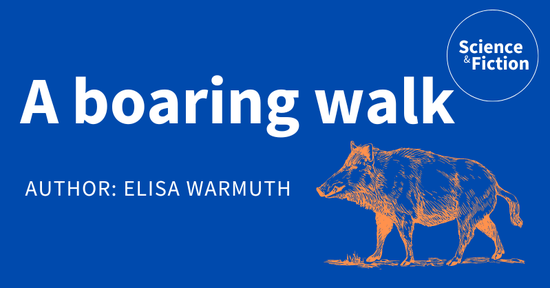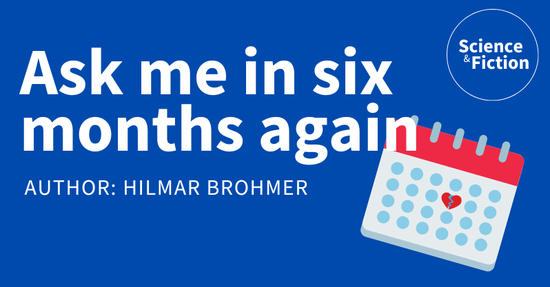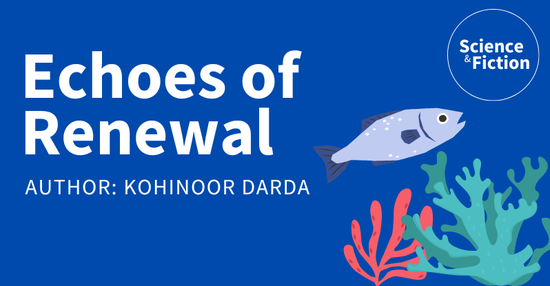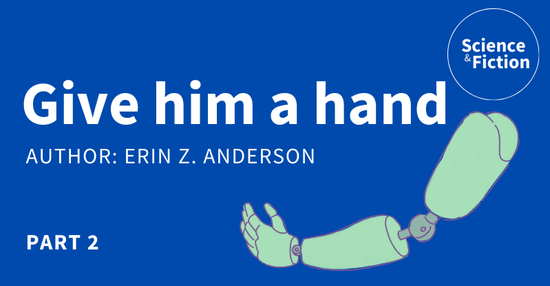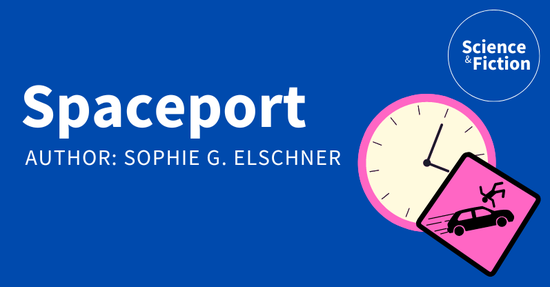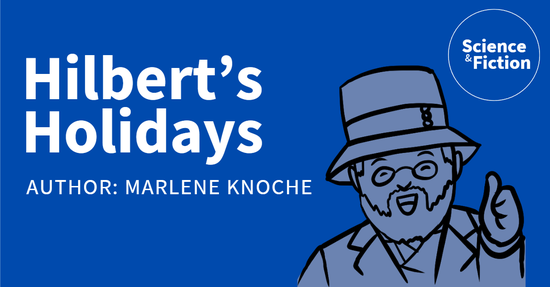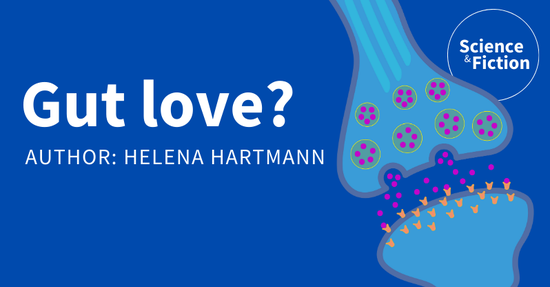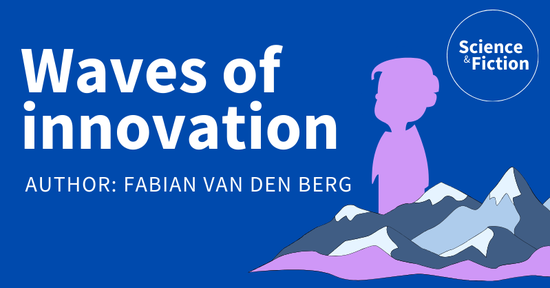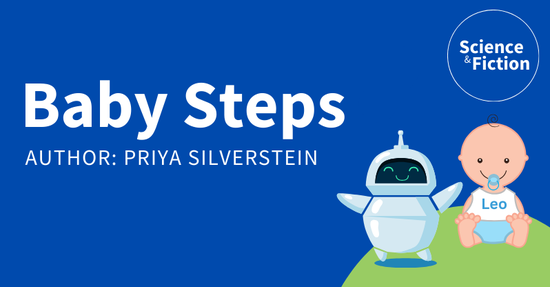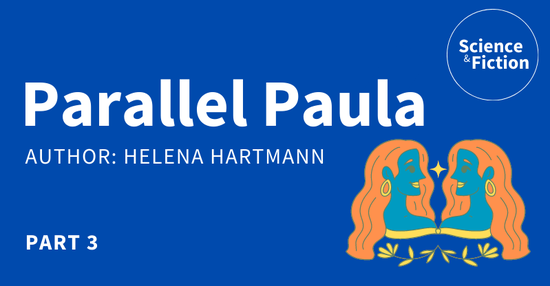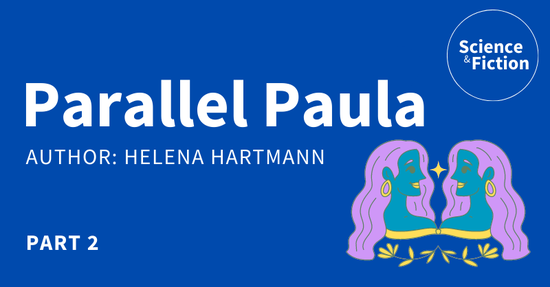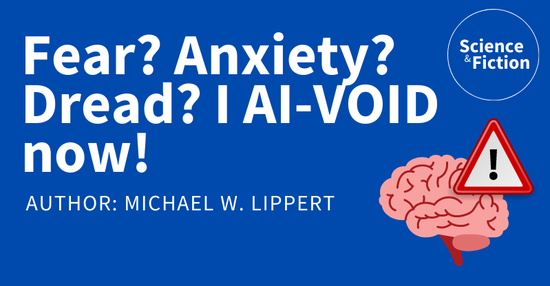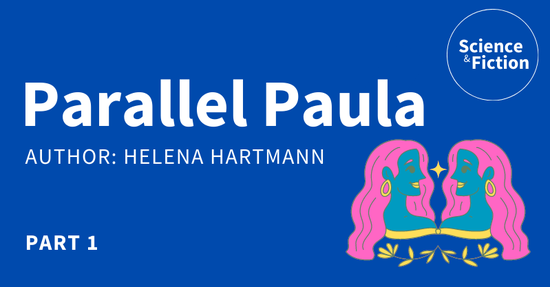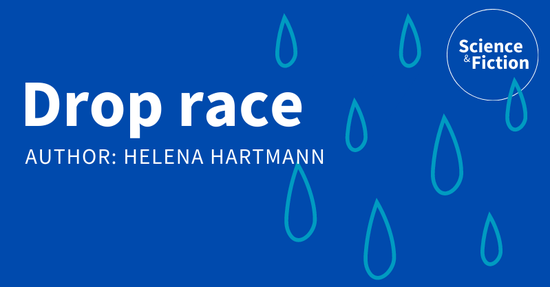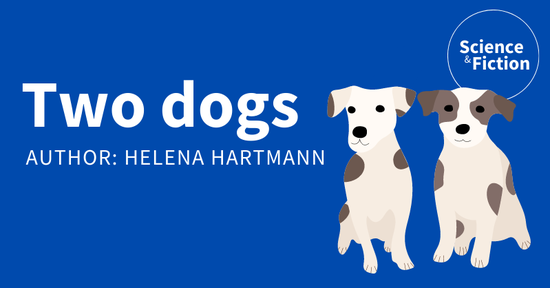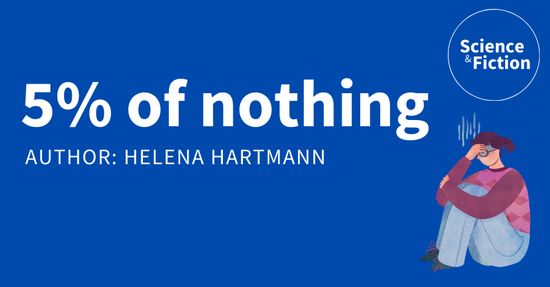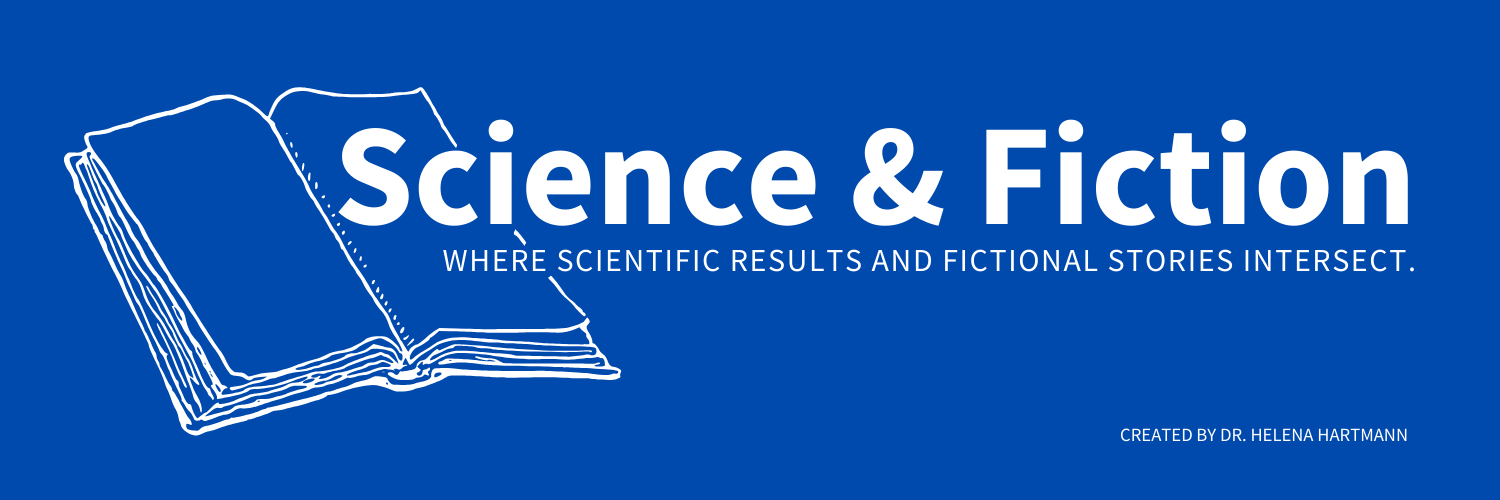
Welcome to Science & Fiction
Accessible scientific results and exciting fictional stories in one. This is a space for people who like to a) learn about science and b) read science fiction at the same time. The stories are written by different authors and therefore deal with a wide variety of topics - there is something for everyone! New stories are published monthly. If you want to participate, have a look here.
Each contribution below includes the following:
- A fictional short story, comic, video, poem or other artistic work;
- One or more scientific publications related to the story;
- An easy-to-understand summary of the publication and explanation of its connection to the story;
- Any content warnings (CWs) to highlight sensitive topics;
- Tags to search for story themes.
Stories
Browse through all stories or use the tags to search for specific topics (e.g. romance or utopia). There are not only short stories to read, but also comics and videos! The CW stands for content warnings that you might want to know before you start reading.
*Contribute
This project is accepting guest contributions continuously, and you can see the respective author of each story in the corresponding cover image and on the respective story page. Please read the submission guidelines further below carefully before submitting.
If you want to contribute ideas or stories yourself, you have two options:
-
Are you interested in sending me a story idea or paper you’d like me to write a story around? Submit your ideas here.
-
Do you want to write your own story, practice your science communication, and share it with the world at the same time? I am happy to publish your work here as part of Science & Fiction as a guest contribution. Submit your work here.
Submission guidelines
- You need a scientific paper and a short story that matches that paper. While the project originally publishes short stories, you can also submit anything else artistic, such as poems, photos, drawings, comic, graphic novels. … you name it! In these cases please shortly e-mail me at scicommandfiction@gmail.com before your submission.
- You don’t need to be an active scientist, but the story should be connected to scientific work somehow. The paper can be your own work or just a paper you find interesting and relevant.
- You need the full citation and link to the scientific paper and a short summary of the paper in lay language. What you write should be understandable for a non-scientific audience (around 1-2 sentences each for introduction, methods, results and discussion). Also add a few words on how the paper and the story are connected. This is important as the two main goals of Science & Fiction are to entertain and educate. The story-paper connection may be through the results (”painkillers reduce empathy” or “sleeping makes you learn better”) or just the broad topic (”pain” or “sleep”).
- In terms of the story genre, there are no limits, so you can let your creativity run wild. There is also no strict word limit. By submitting your story, you agree to have it published on the Science & Fiction website under your name, and publicised on social media. Be aware of this, especially if you write about critical or personal topics. You can also submit the story to be published anonymously, in that case just tick the “anonymous” box in the submission form.
- You can write your story in German and/or English. I will then translate the story into the other language so that all stories are available in both languages. Of course you will be able to give feedback on the translation.
- Stories are reviewed by me (Helena Hartmann) and I reserve the right to reject stories if I think they will hurt certain people or groups of people or violate code of conduct rules. You’ll receive an answer from me max. 4 weeks after your submission whether your story is accepted.
Science and Fiction
Where scientific results and fictional stories intersect.
About the project
Origins
Science & Fiction is a science communication project launched in January 2023. It was created by Dr. Helena Hartmann. Helena is a neuroscientist, psychologist and science communicator from Germany. She currently works at the University Hospital Essen (DE) as a postdoctoral researcher. Before, she completed her PhD at the University of Vienna (AT). During this time, she was a visiting researcher at the Netherlands Institute for Neuroscience (NL). The project started featuring guest contributions from June 2023 onwards. Since February 2023, the project has its own domain (www.scienceandfiction.net) and there is also a German version of all stories (https://scienceandfiction.net/de/). Since April 2025, privacy-friendly, GDPR-compliant website analytics are collected using Clicky.
Support
Support the project financially on Ko-Fi through a one-time or monthly donations from 1 Euro onwards! Your support will help fund the domain and other running costs.
Disclaimers
Please be aware that while this project connects science fiction with science communication about real scientific results, the short stories are purely fictional and sometimes only inspired by the scientific results, for example in terms of the theme or underlying phenomenon. The stories therefore do not attempt to exactly mirror the scientific research or precisely describe its results, they are rather a gateway to make you interested to know more about the science behind it. Please always also have a look at the original publication if you want to know more about the respective studies.
The German version also contains stories that were originally written in English and translated to German either by the authors or by Helena (the latter using support from DeepL). This can be checked at the end of each story.
If I missed a content warning (CW), you can’t access a certain publication or anything is unclear, please write me at scicommandfiction@gmail.com.
Credit attribution
All artwork is created by the authors themselves or using the free version of Canva. To cite a story, please refer to it as follows: Author (month year). Title. Science & Fiction. URL: https://… (e.g. Hartmann, H. (January 2023). Emotion to go. Science & Fiction. URL: https://scienceandfiction.net/stories/1_emotion-to-go/).
Social media
Follow this project on LinkedIn or BlueSky for regular story updates. From 2022 until February 2025 the project also had an active account on Twitter/X.
Web appearances
- In the scicomm format database from Wissenschaftskommunikation.de under the format Science Fiction Short Stories (in German).
- On the website of the National Institute for Science Communication (NaWik) as a scicomm project (in German).
- In the Clarified podcast about Science & Fiction - with Clara Marx and Helena Hartmann.
- In the Metaphorigins podcast about storytelling science using fictional stories - with Kevin Mercurio and Helena Hartmann.
- In the Research Insider podcast about science communication and science storytelling - with Waywen Loh and Helena Hartmann.

